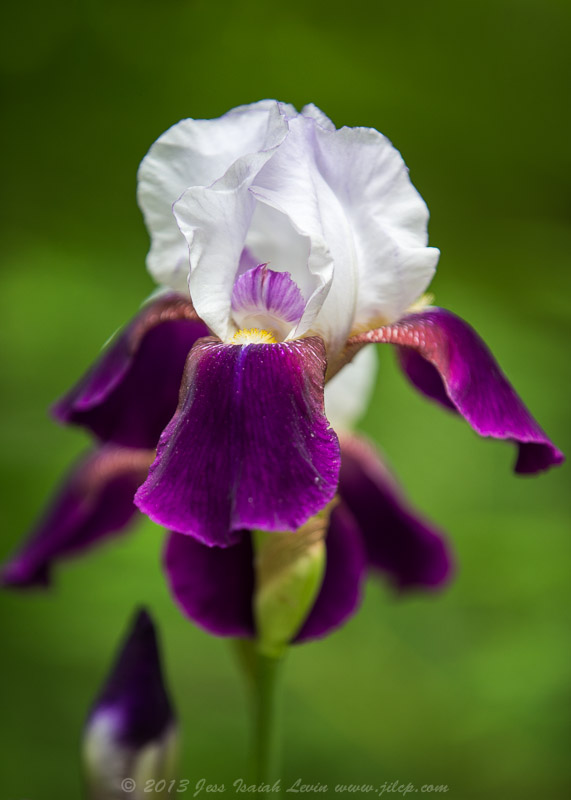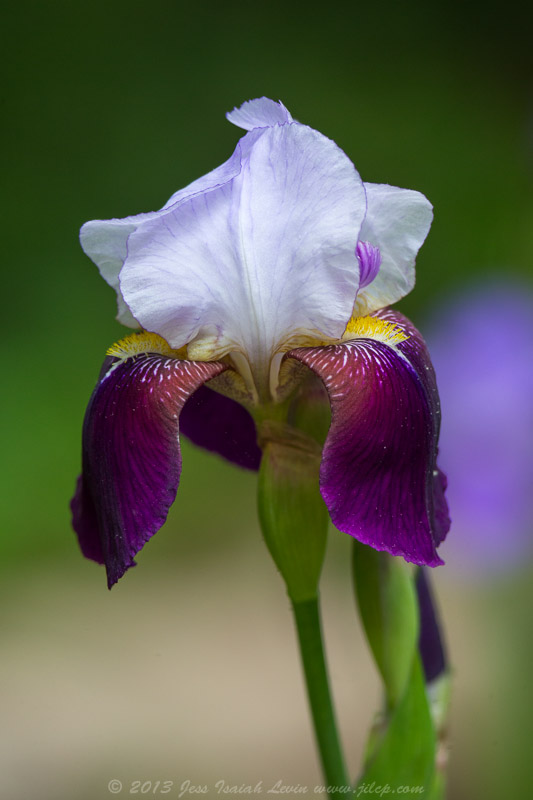
Today I did some quick work with my 100 L, trying to create some "atmosphere". Here's a hydrangea in the foreground, with some other flowers in the background blurred into a color wash.
This fingertip-sized bud was asking to be featured and compared with the larger mature blossom near it. The image has not been manipulated in Adobe Photoshop®. I adjusted the raw file's "normal" parameters (exposure, highlights, whites, clarity, vibrance) in Adobe Photoshop Lightroom® to emphasize the impression made by the existing light.
I wonder if I'm the only user of Adobe Photoshop Lightroom who wishes that they had named the "Vibrance" adjustment "Vibrancy". At any rate, this is an excellent feature that Adobe introduced a few years ago. It permits raising (or lowering) the color saturation, but with protection of skin tones (of obvious importance for portrait photographers like me), and generally affecting blues and greens more than reds. Also, for all hues, the Vibrance slider can increase saturation of pale tones while leaving already heavily saturated colors alone, avoiding clipping. (In this context, clipping would mean that the value of one color channel may already be as high as it can go in certain areas of the image, so increasing the color saturation throughout the image would require pushing the value in those areas out of the possible range, resulting in color shifts and flattening of the luminance curve.)
My next version of this same photo did receive some "massaging" in Photoshop. I selected the background and made a new layer in overlay mode. With no change to the foreground, it adds impact through contrast. It may be too much for this one. In print, I would probably choose a compromise between the two versions.
Permalink: http://jilcp.blogspot.com/2013/05/changing-of-guard.html















































